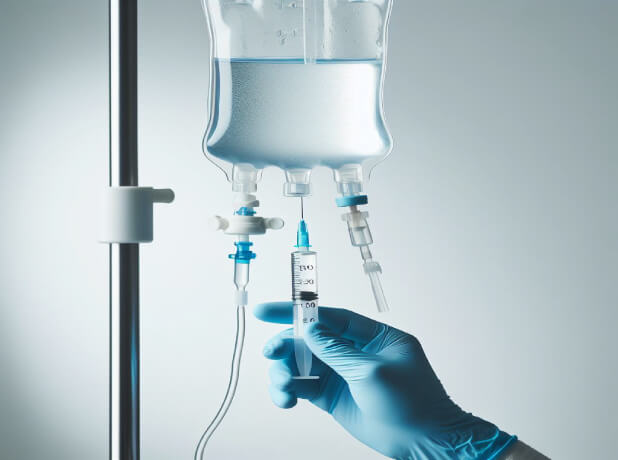
Abstract
Objective: The term “myocardial protection” covers many mechanisms that protect myocardial tissue during cardiac surgery. This includes forms of cardioplegic protection. Two different forms of myocardial protection have been combined in minimally invasive mitral valve surgery: del Nido Cardioplegia (DNCP) and Custodiol® (CCC) Cardioplegia.
Material and Methods: From January 2018 to July 2021, 336 patients underwent mitral valve surgery using minimally invasive surgical techniques at the University Hospital in Frankfurt. Exclusion criteria for the retrospective analysis were ablation for cardiac arrhythmias, combined interventions, emergencies, pregnancy, and patients under 18 years. Therefore, 119 patients were included, who were treated with two different myocardial protection methods. These were divided into the DNCP group (n=60) and the CCC group (n=59). The primary control parameters were creatine kinase (CK), CK-MB (muscle and brain), Troponin T (trop T) and the left ventricular ejection fraction (LVEF). The secondary endpoints included the intraoperative requirement for packed red blood cells, the applied cardioplegia volume, the hemofiltration rate during extracorporeal circulation, and the postoperative length of hospital stay.
Results and Discussion: Mitral valve reconstructions were performed in 80% of the observed cases. On average, CK, CK-MB and trop T were lower in the DNCP than in the CCC group. The LVEF was normal pre- and post-operatively in both groups in the range between 55% and 64%. The applied cardioplegia volume (DNCP 975±309ml vs. CCC 1650±426ml) and the hemofiltration rate (DNCP n=18/60, CCC n=54/59) differ in the two cardioplegia groups. At least one red blood cell pack was administered intraoperatively in 15% of the mitral valve reconstructions/replacements (MVR/r). The postoperative hospital stay was 11 days in both groups.
Conclusion: The results show that the DNCP group is as good as the CCC group, so that reliable myocardial protection is guaranteed.
